When we think of urban centers, we often imagine frantic energy, crowded streets, and the constant hum of activity. Yet some cities defy these expectations, maintaining remarkably relaxed atmospheres despite their size, economic importance, or tourist appeal. These urban anomalies have cultivated laid-back vibes that seem almost incongruous with their status.
Here is a list of 20 cities that maintain surprisingly chill atmospheres despite having every reason to be hectic.
Copenhagen, Denmark

This Scandinavian capital somehow combines being a global business hub, tourist destination, and design center while maintaining a pace that feels more like a seaside village than a major metropolis. Locals casually cycle everywhere—including to important business meetings—with none of the frantic rush associated with commuter culture in other capitals.
The city’s harbor swimming areas fill with relaxed office workers during lunch breaks. At the same time, the waterfront features hammock installations where people actually nap undisturbed in the middle of a working day, demonstrating a level of urban chill that seems almost suspicious.
Melbourne, Australia
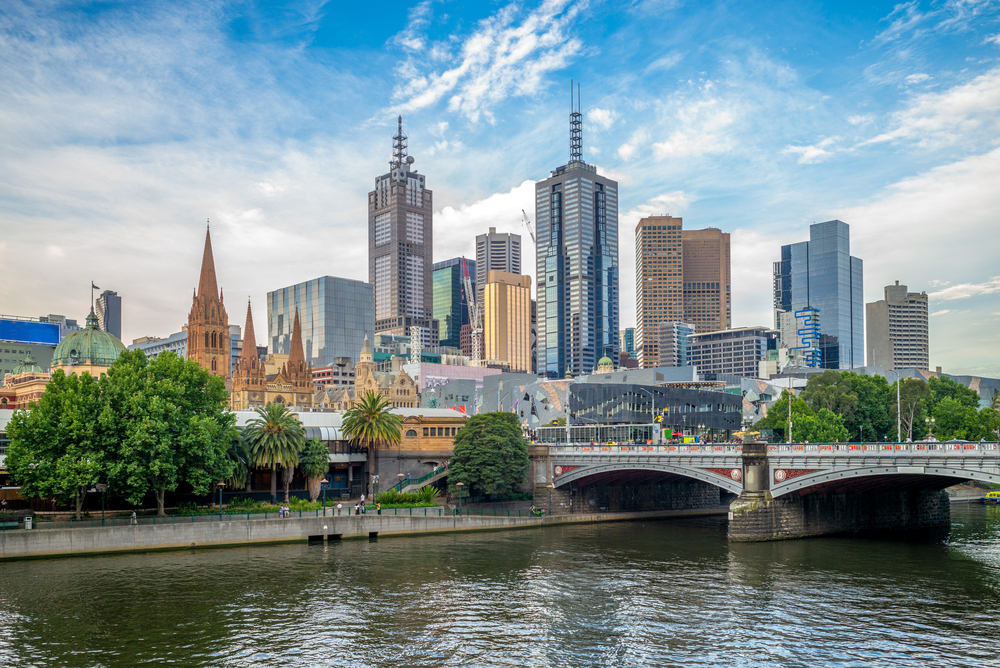
Despite functioning as Australia’s cultural and coffee capital, this city maintains a notably unhurried energy throughout its central districts and surrounding neighborhoods. Coffee shops operate with a peculiar blend of efficiency and relaxation, with baristas crafting precise pour-overs while engaging in philosophical conversations with regular customers who linger for hours.
The city’s famous laneways buzz with activity yet never feel frantic, creating micro-neighborhoods where time seems deliberately slowed despite the urban setting and economic productivity that should theoretically generate more tension.
Like Travel Pug’s content? Follow us on MSN.
Lisbon, Portugal
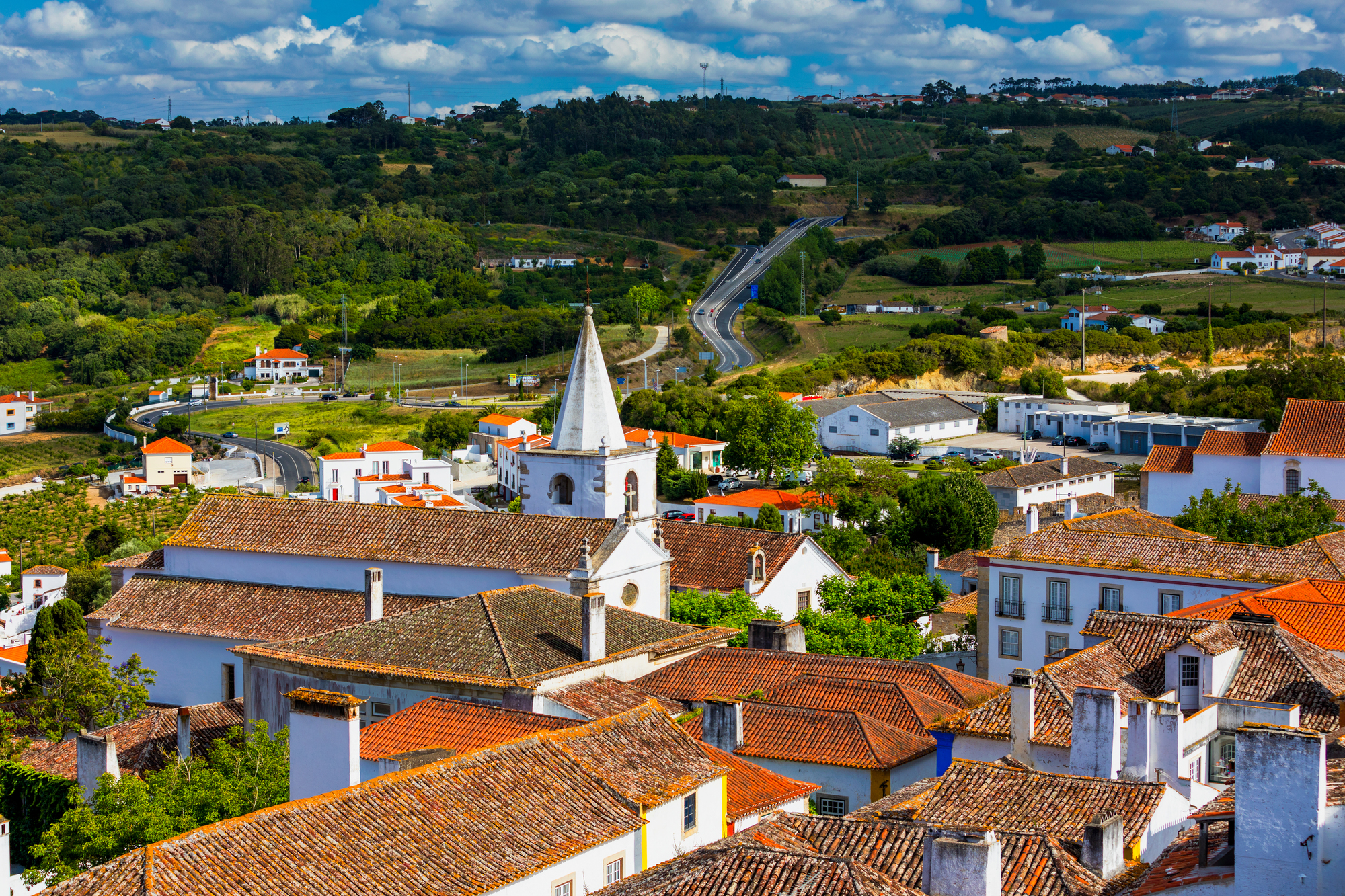
This European capital embraces a pace that feels deliberately calibrated to human needs rather than economic imperatives, despite growing financial importance and tourism pressure. Locals still practice the art of lingering over tiny coffees at corner cafes well into working hours. At the same time, the traditional fado music venues maintain their melancholy atmosphere despite the city’s surging popularity.
Even the iconic trams rumble along at a leisurely pace that would infuriate efficiency experts. Yet, somehow, the city functions perfectly well while maintaining its commitment to unhurried enjoyment of daily life.
Kyoto, Japan
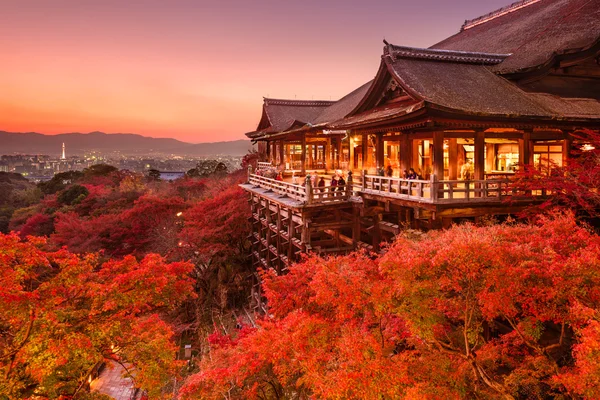
This former imperial capital manages to host millions of tourists annually while maintaining a tranquility that borders on supernatural, especially in its temple districts and bamboo groves. Despite being a major university city and technology hub, the city preserves intentional slowness in many aspects of daily life, including traditional tea ceremonies that can last hours with just a few formal movements.
The continued presence of geiko (Kyoto’s geisha) walking unhurriedly to evening appointments through the Gion district exemplifies how the city refuses to surrender its measured pace despite every modern pressure to accelerate.
Portland, Oregon

This Pacific Northwest city embraces a distinctly unbothered energy that persists despite its growth as a technology center and tourist destination. Coffee shops operate with a characteristic casualness that somehow never compromises quality, while food trucks serve gourmet meals without any pretension or rushed service.
The city’s bookstores encourage extended browsing with comfortable chairs tucked between shelves. At the same time, even business meetings often incorporate bicycles, dogs, and craft beverages without losing professional focus, creating a work culture that achieves results without manufactured urgency.
Like Travel Pug’s content? Follow us on MSN.
Amsterdam, Netherlands
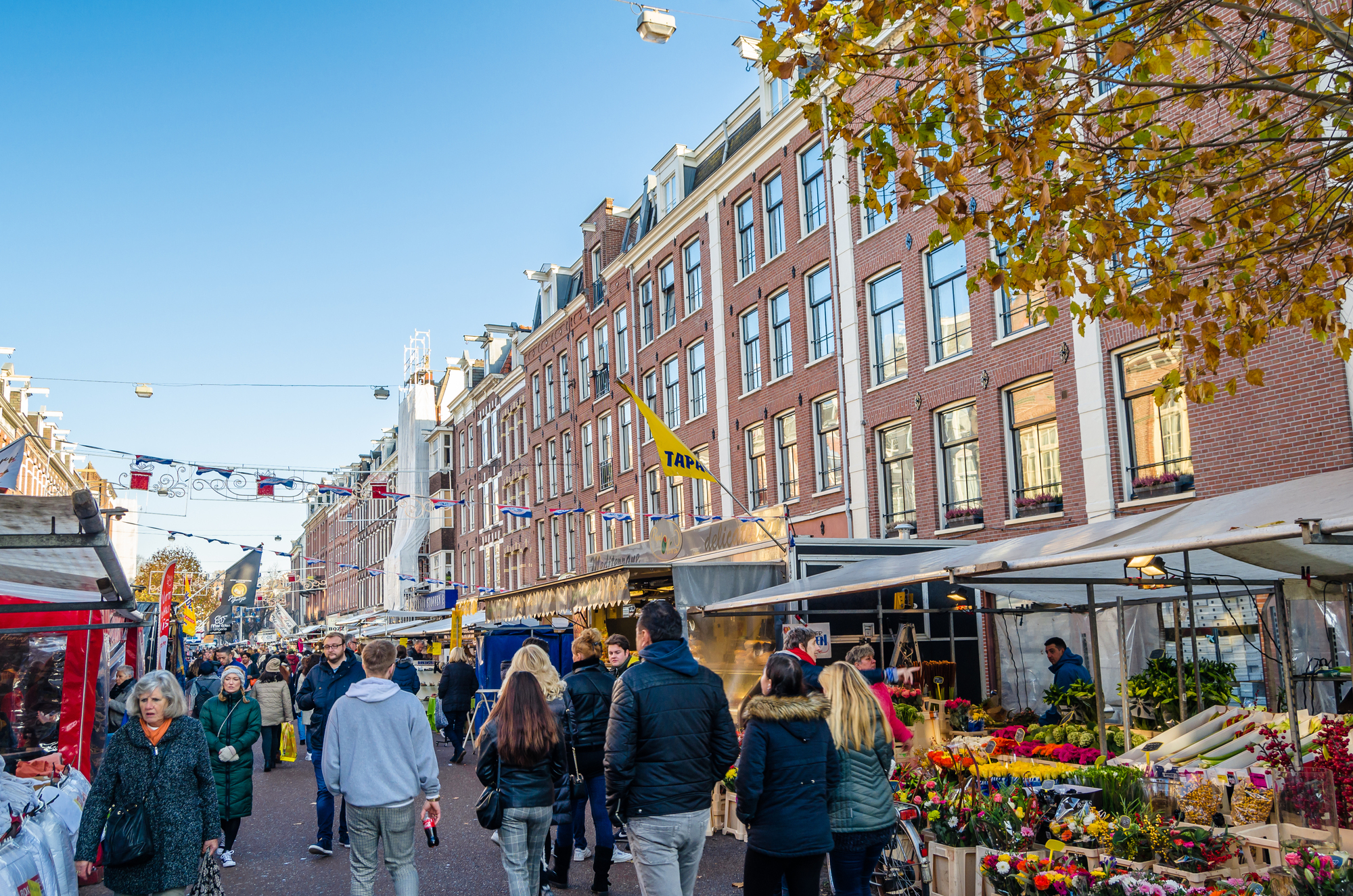
This Dutch capital manages to combine significant international commerce, massive tourism, and substantial port activities while maintaining the relaxed atmosphere of a much smaller community. Locals cycle unhurriedly across hundreds of bridges, often stopping mid-commute to watch canal traffic or chat with neighbors in a way that would be unthinkable in most urban centers.
The canal-side cafés fill with people seemingly unconcerned with time, while even the central train station—a major European transport hub—somehow lacks the frenetic energy typically associated with such facilities, as if the city has collectively agreed to reject unnecessary hustle.
Wellington, New Zealand
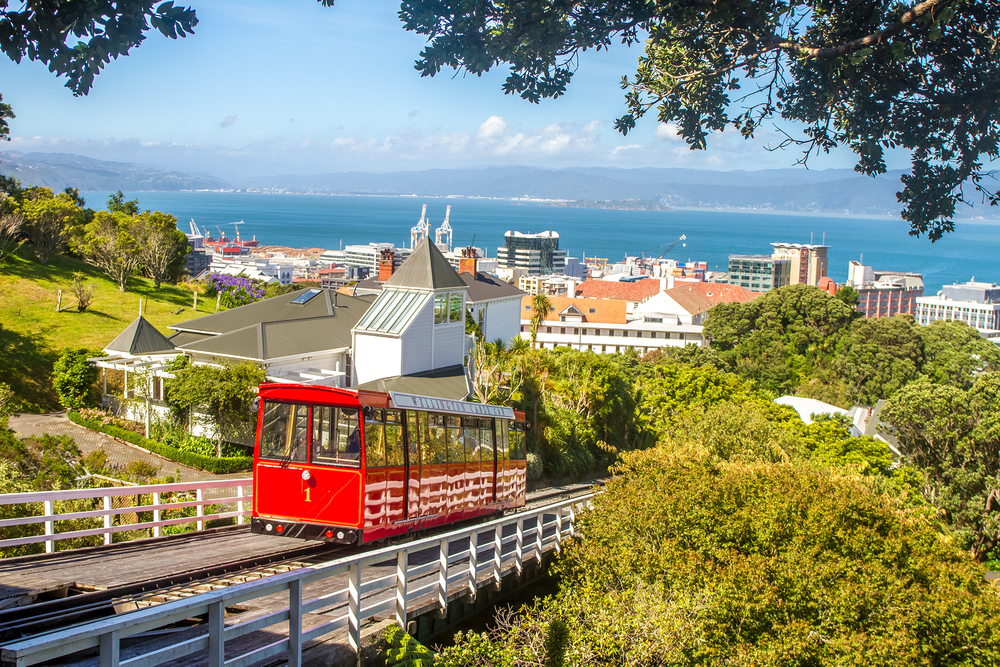
This compact capital city manages to conduct national government business, support a thriving film industry, and host international cultural events while maintaining the atmosphere of a relaxed coastal town. The compact downtown features government ministers walking alongside students and artists, all moving at the same unhurried pace between coffee meetings and harbor-front gatherings.
Even during major film productions or government crises, the city maintains its characteristic chill, with key decisions apparently made during casual waterfront walks rather than tense office environments.
Ljubljana, Slovenia

This Central European capital has transformed its entire city center into a pedestrian zone where people stroll rather than rush, creating an atmosphere more village-like than metropolitan. Riverfront cafes remain filled throughout working hours with professionals who somehow maintain productivity despite their relaxed demeanor and extended coffee breaks.
The city hosts international conferences and serves as a government center. Yet, visitors consistently remark on the absence of urgency that typically characterizes capital cities, as if productivity and relaxation have achieved a perfect balance rarely seen in urban environments.
Like Travel Pug’s content? Follow us on MSN.
Montreal, Canada
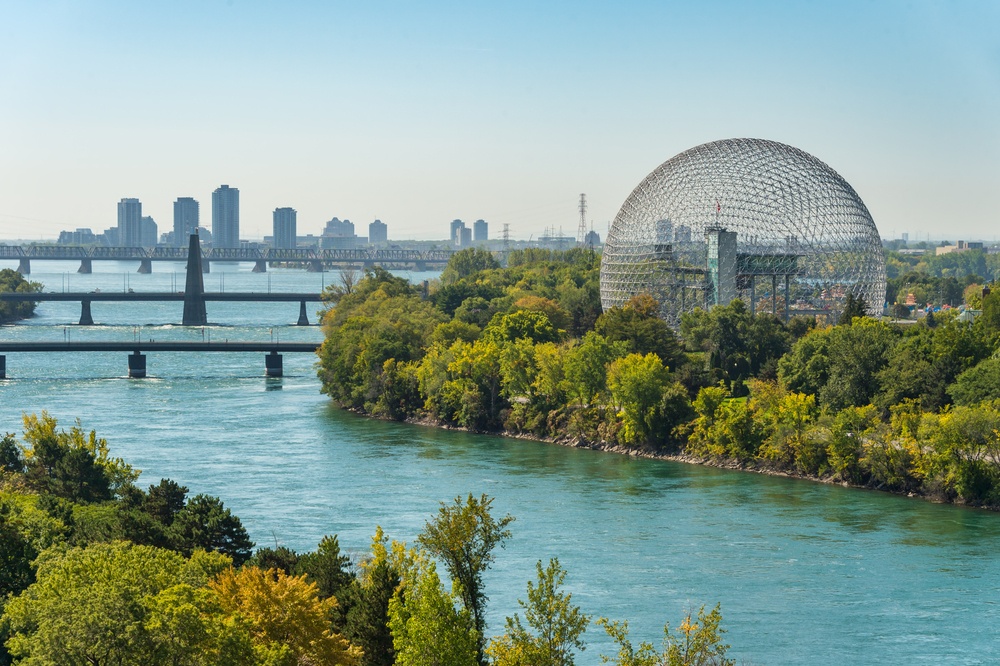
This bilingual metropolis manages to combine significant commerce, higher education, and cultural production while maintaining a distinctly unhurried atmosphere, particularly in its plateau neighborhoods and outdoor spaces. Despite harsh winters, residents embrace leisure with remarkable commitment, filling park spaces and terraces with relaxed gatherings regardless of season or day of the week.
The city’s approach to urban enjoyment transcends weather limitations, with outdoor spaces transformed into winter villages where people linger over drinks despite freezing temperatures. This demonstrates a commitment to chill that overcomes even climate challenges.
Luang Prabang, Laos
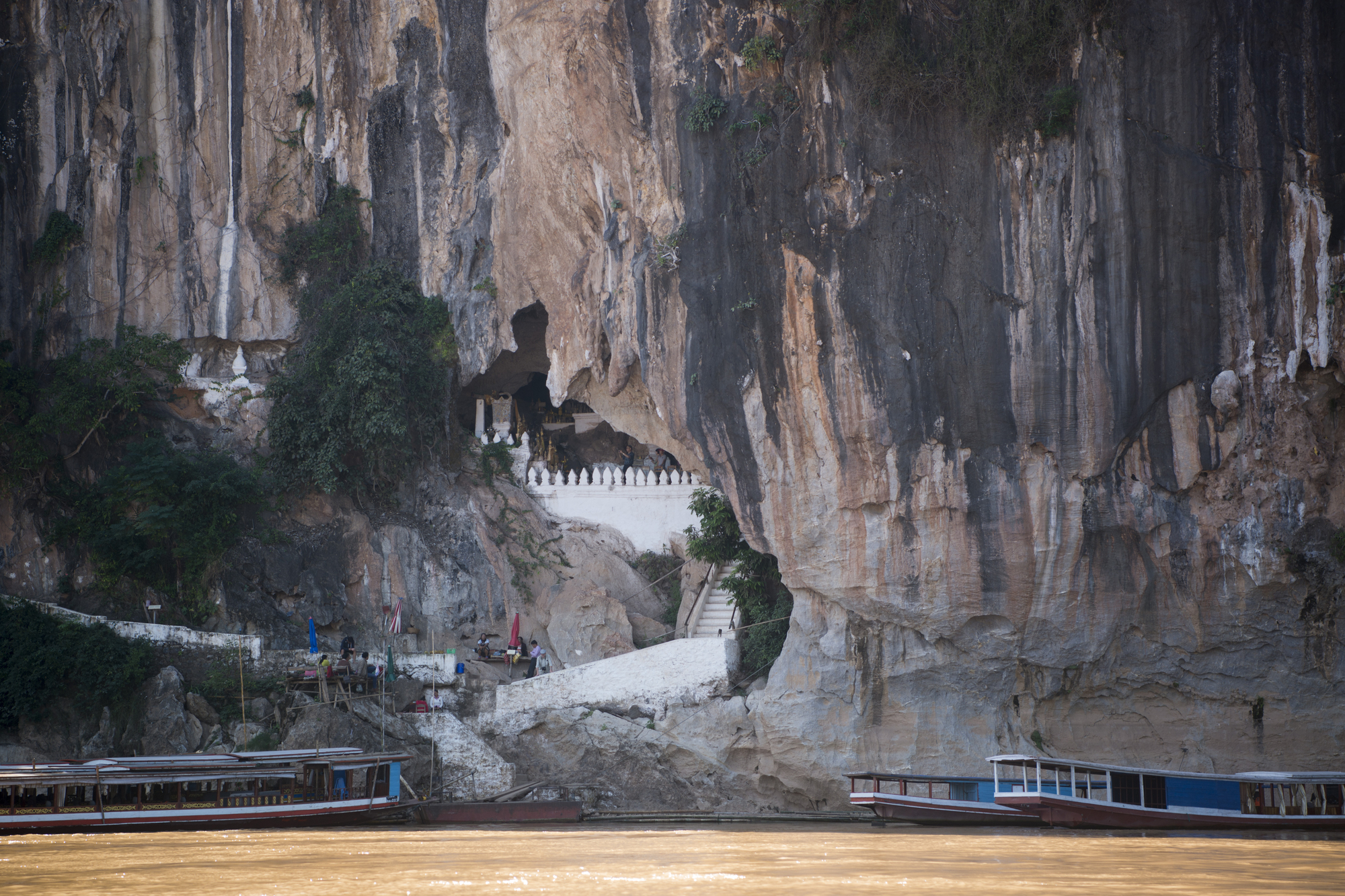
This UNESCO World Heritage city maintains its serene atmosphere despite growing tourism and its status as a cultural center. Each dawn, hundreds of monks proceed with unhurried reverence in the morning alms-giving ceremony, setting a contemplative tone that persists throughout the day in markets and cafes.
The convergence of the Nam Khan and Mekong rivers creates natural boundaries that seem to protect the city’s languid pace, with evening activities centered around night markets and riverside dining that stretch for hours without any sense of hurry or commercial pressure.
Galway, Ireland
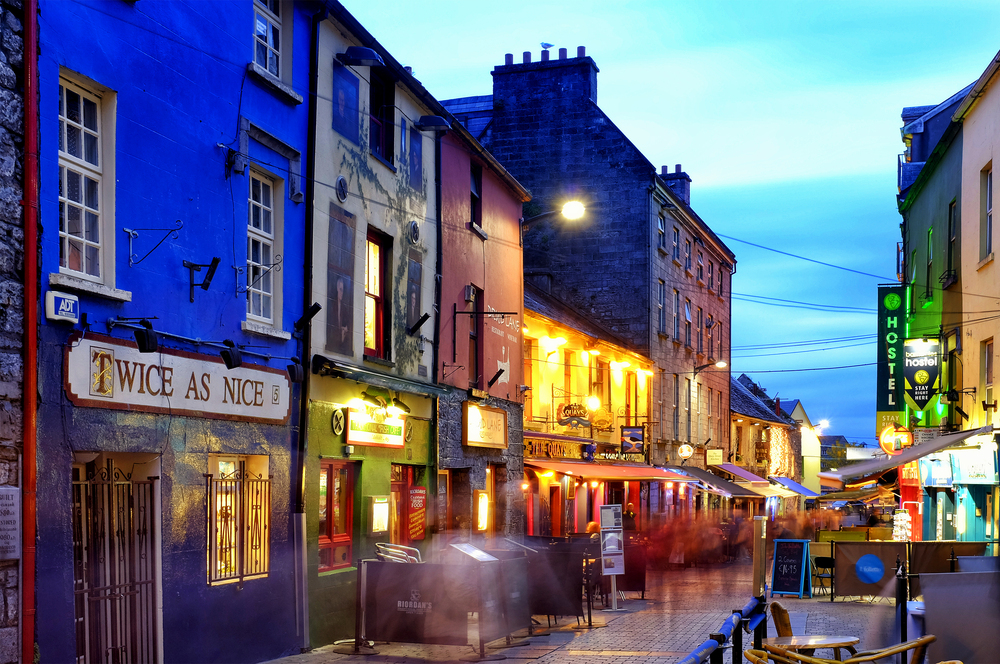
This western Irish city supports significant education, tourism, and technology sectors while maintaining the relaxed atmosphere of a much smaller town, with conversations in pubs and cafes unfolding at their own natural pace, regardless of external schedules. Traditional music sessions start when musicians arrive rather than at advertised times, often extending well into the night without any sense of hurry or conclusion.
The city hosts major arts festivals and technology conferences, yet refuses to adopt the accompanying stress typically associated with such events, maintaining a distinctly unbothered approach to time management that visitors find immediately contagious.
Like Travel Pug’s content? Follow us on MSN.
Valparaíso, Chile

This colorful port city conducts significant maritime commerce while maintaining a bohemian atmosphere throughout its hillside neighborhoods and waterfront districts. Street artists create elaborate murals during daylight hours in full public view, often pausing to chat with passersby without concern for efficiency or completion schedules.
The city’s famous funiculars slowly transport residents up steep hills, their unhurried pace matching the general attitude toward time throughout the city, where productivity somehow coexists with a relaxed approach to schedules and deadlines.
Chiang Mai, Thailand
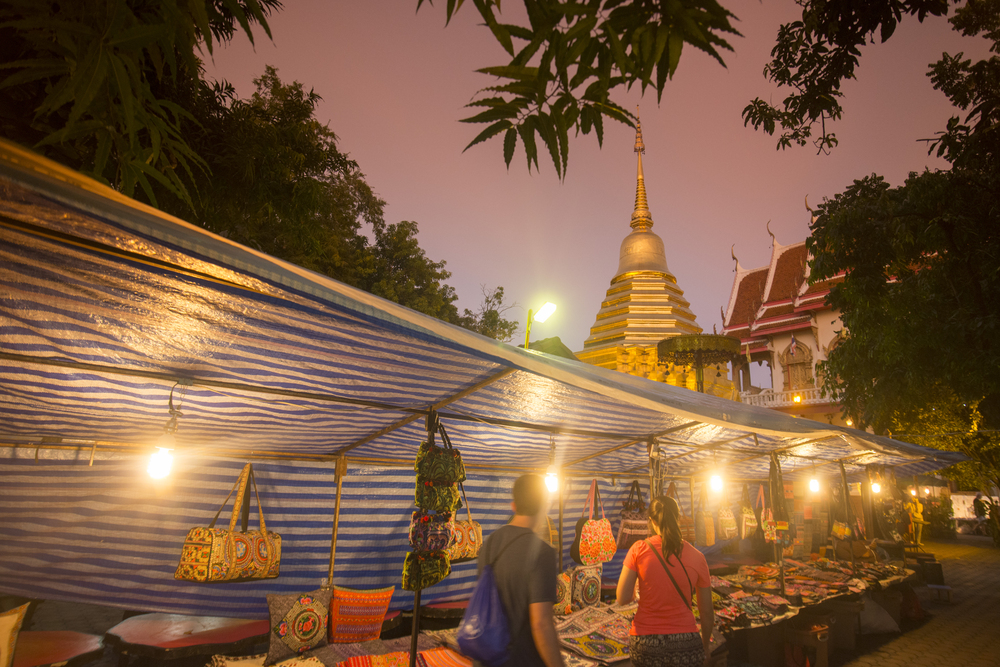
This northern Thai city combines university life, traditional crafts production, and international tourism while maintaining a remarkably unhurried atmosphere throughout its historic districts and surrounding neighborhoods. The ancient moat and wall encompass hundreds of temples where monks and locals maintain traditional practices at a deliberate pace, regardless of outside economic pressures.
The Sunday Walking Street market transforms main thoroughfares into pedestrian zones where commerce happens without frantic energy, with vendors and customers alike approaching transactions as social exchanges rather than mere economic activities.
Bologna, Italy

This northern Italian city houses the western world’s oldest university while cultivating a distinctly relaxed approach to daily life, with extended lunch breaks that can stretch to three hours without apology or concern. The city produces world-class automobiles, machinery, and culinary products while refusing to rush any aspect of production or consumption, especially when food is involved.
Professors and engineers alike gather under the city’s famous porticoes for unhurried conversations that blend intellectual discourse with personal connection, demonstrating how productivity and relaxation can coexist without compromise.
Like Travel Pug’s content? Follow us on MSN.
Helsinki, Finland
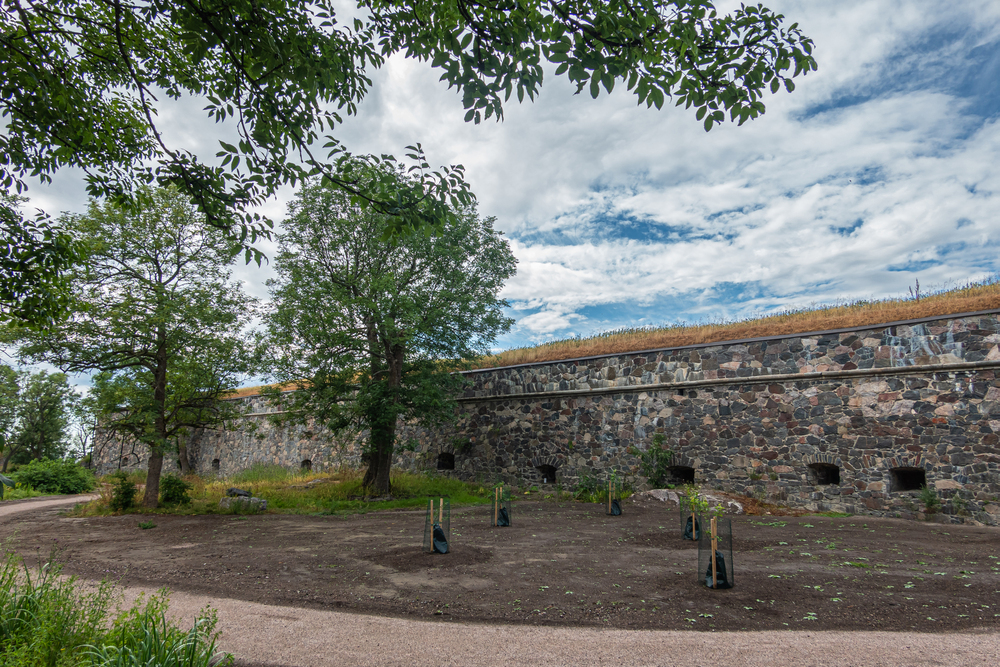
This Nordic capital conducts international business and governance while maintaining unusual tranquility, with downtown areas feeling remarkably spacious and unhurried despite their urban location. The Finnish commitment to sauna culture means business leaders and government officials regularly spend hours sweating together in silence, creating natural pauses in workdays that would be unthinkable in most capitals.
The city’s design district combines creative production with commercial activity without generating the frantic energy typically associated with such sectors, suggesting an alternative model of productivity that doesn’t require constant visible busy-ness.
Hoi An, Vietnam
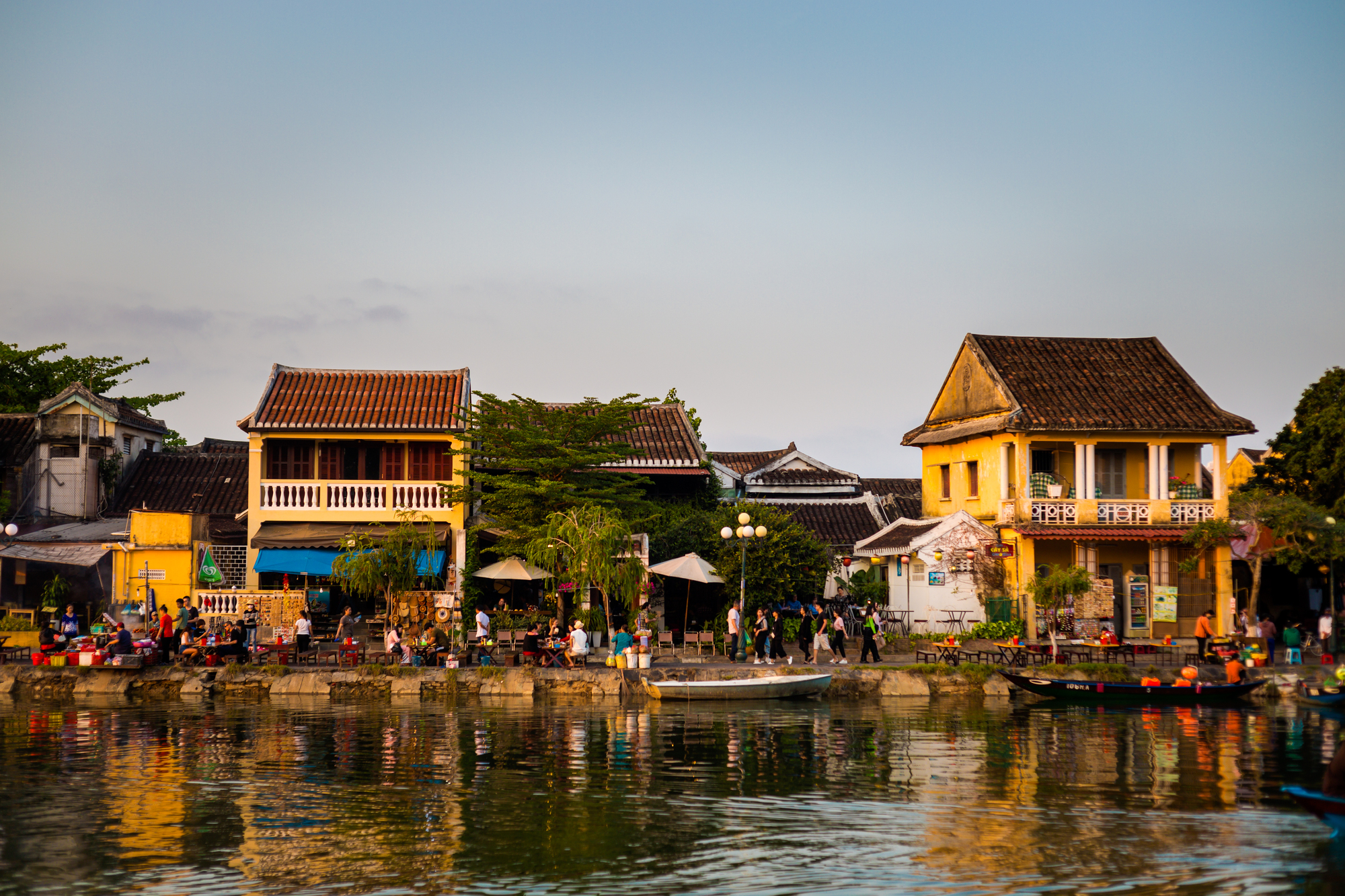
This ancient trading port maintains its lantern-lit tranquility despite receiving millions of tourists annually. Its pedestrianized old town creates spaces where rushing feels both impossible and inappropriate.
The town’s famous tailors produce custom clothing with remarkable speed yet maintain relaxed consultation processes that never feel rushed or purely transactional. Morning market activities along the river unfold with traditional rhythms unchanged for centuries, with neither commerce nor tourism accelerating the careful selection and preparation of ingredients that remain central to local culture.
Aarhus, Denmark
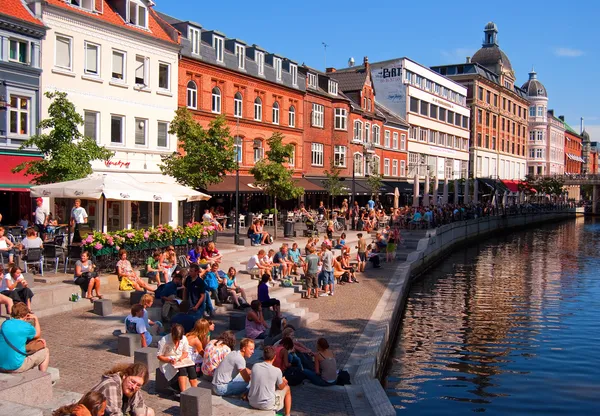
This coastal university city combines education, technology development, and cultural production while maintaining an atmosphere where leisure appears valued equally with productivity. The harbor has transformed from an industrial space to a public gathering area without losing its working elements.
It creates unusual juxtapositions where cargo operations happen alongside wild swimming and outdoor dining. The city’s innovative office spaces often include harbor views, hammocks, and flexible hours, demonstrating approaches to work that prioritize well-being alongside output in ways that visibly influence the overall urban atmosphere.
Like Travel Pug’s content? Follow us on MSN.
Oaxaca City, Mexico
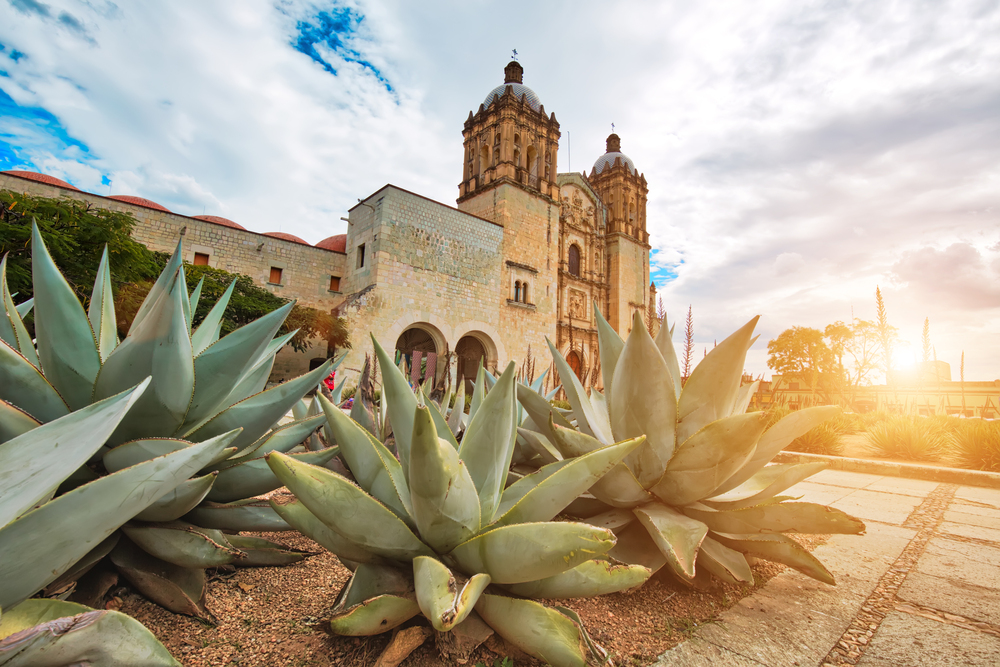
This colonial city manages to host significant tourism and function as a regional capital while maintaining plazas and markets where time seems deliberately slowed to enhance human interaction. The zócalo (central square) remains filled throughout the day with locals and visitors engaged in unhurried conversation.
At the same time, multi-hour meals featuring complex mole sauces represent cultural resistance to fast-food efficiency. The continued practice of traditional crafts requiring tremendous time investment, including weaving rugs that may take months to complete, demonstrates community values that prioritize quality and tradition over speed, creating a distinctly unbothered urban atmosphere.
San Sebastián, Spain

This Basque coastal city combines high-end gastronomy, cultural festivals, and beach culture in an urban environment where rushing seems genuinely culturally inappropriate. The practice of leisurely pintxos crawls—moving from bar to bar sampling small plates over many hours—represents a formalized rejection of efficiency in favor of extended pleasure.
Despite hosting major international film festivals and maintaining Michelin-starred restaurants, the city preserves its commitment to afternoon siestas and evening paseos (strolls), refusing to sacrifice its relaxed rhythm for commercial advantage or international reputation.
Nelson, New Zealand
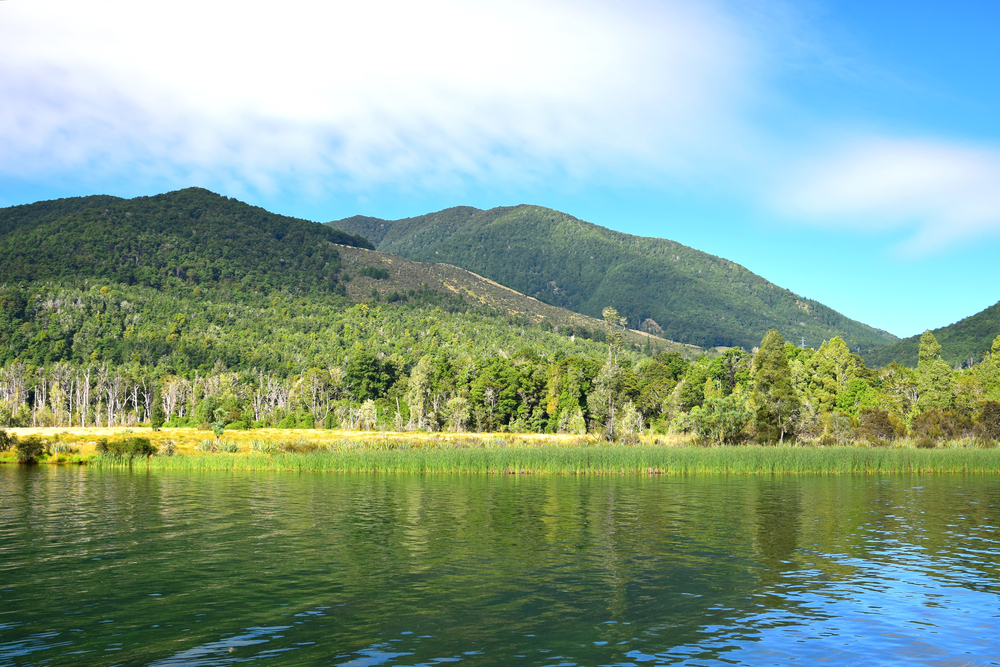
This South Island harbor city supports thriving arts, agriculture, and tourism sectors while maintaining an atmosphere where work-life boundaries blur into a distinctly relaxed approach to productivity. Local markets operate with unhurried transactions that prioritize conversation over efficiency, while business meetings often occur during kayaking excursions or beach walks without losing effectiveness.
The city’s famous Saturday market embodies this balanced approach, with serious commerce conducted in an atmosphere that feels more like a community gathering than an economic activity, despite its importance to the regional economy.
Like Travel Pug’s content? Follow us on MSN.
The Art of Urban Chill

These cities demonstrate alternative urban possibilities, proving that productivity and relaxation need not be opposing forces. Their collective success challenges assumptions about necessary urban intensity, suggesting that human-centered pacing might actually enhance rather than undermine economic and cultural vitality.
In maintaining their distinctive chill despite growth pressures, these urban centers offer important counterpoints to prevailing narratives about city life. They remind us that the most livable urban environments might be those that deliberately preserve space for pause within their bustling landscapes.
More from Travel Pug

- Cities Growing so Fast You Won’t Recognize Them in 10 Years
- 13 Destinations Where Tourists Regularly Regret Their Trip
- 16 U.S. Cities That Are Quietly Becoming Travel Hotspots
- Where to Travel If You Love Long Bus Rides and Daydreams
- 20 Cities Perfect for Solo Travelers Who Crave Adventure & Culture
Like Travel Pug’s content? Follow us on MSN.
